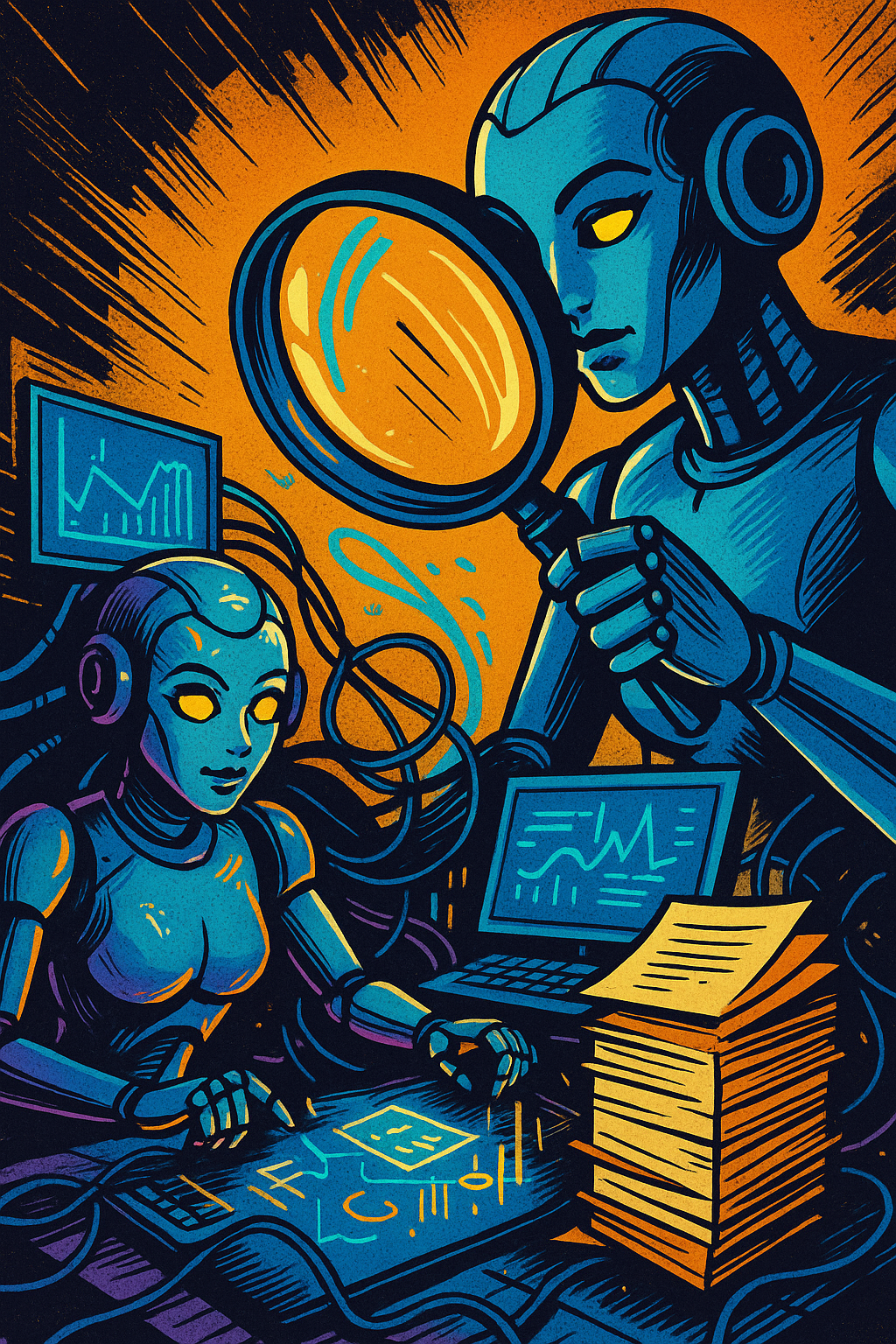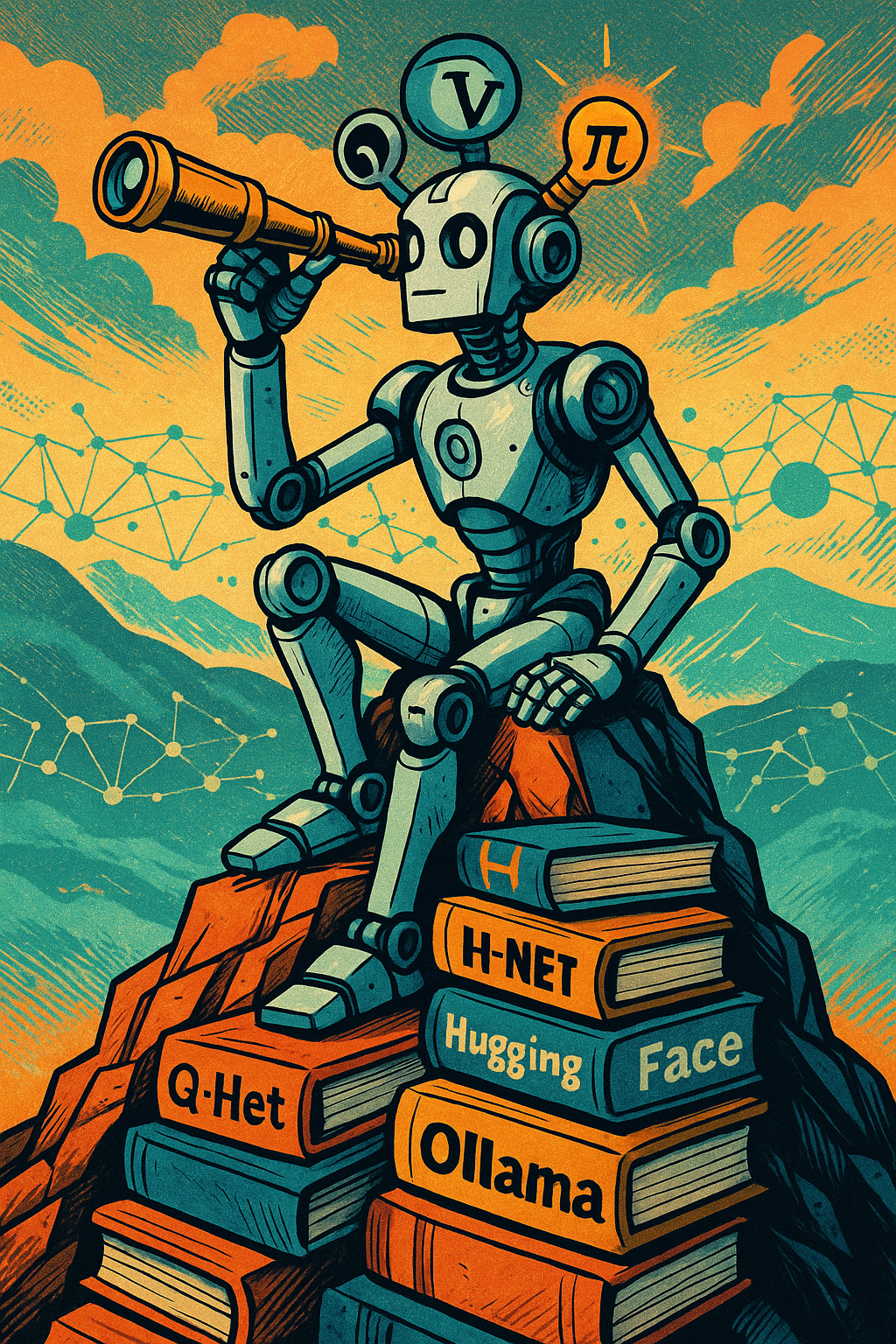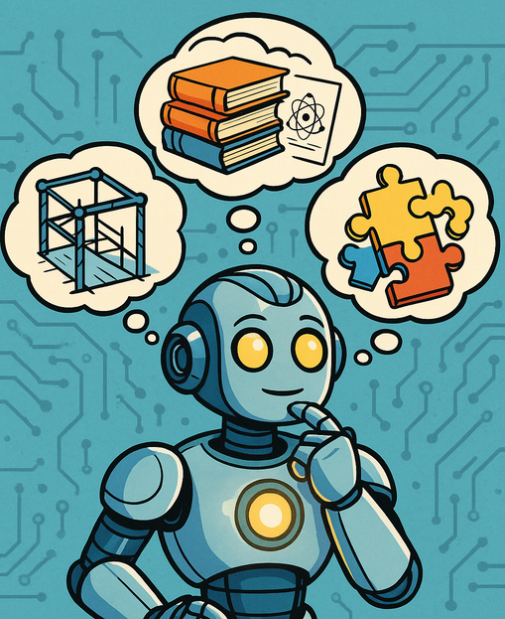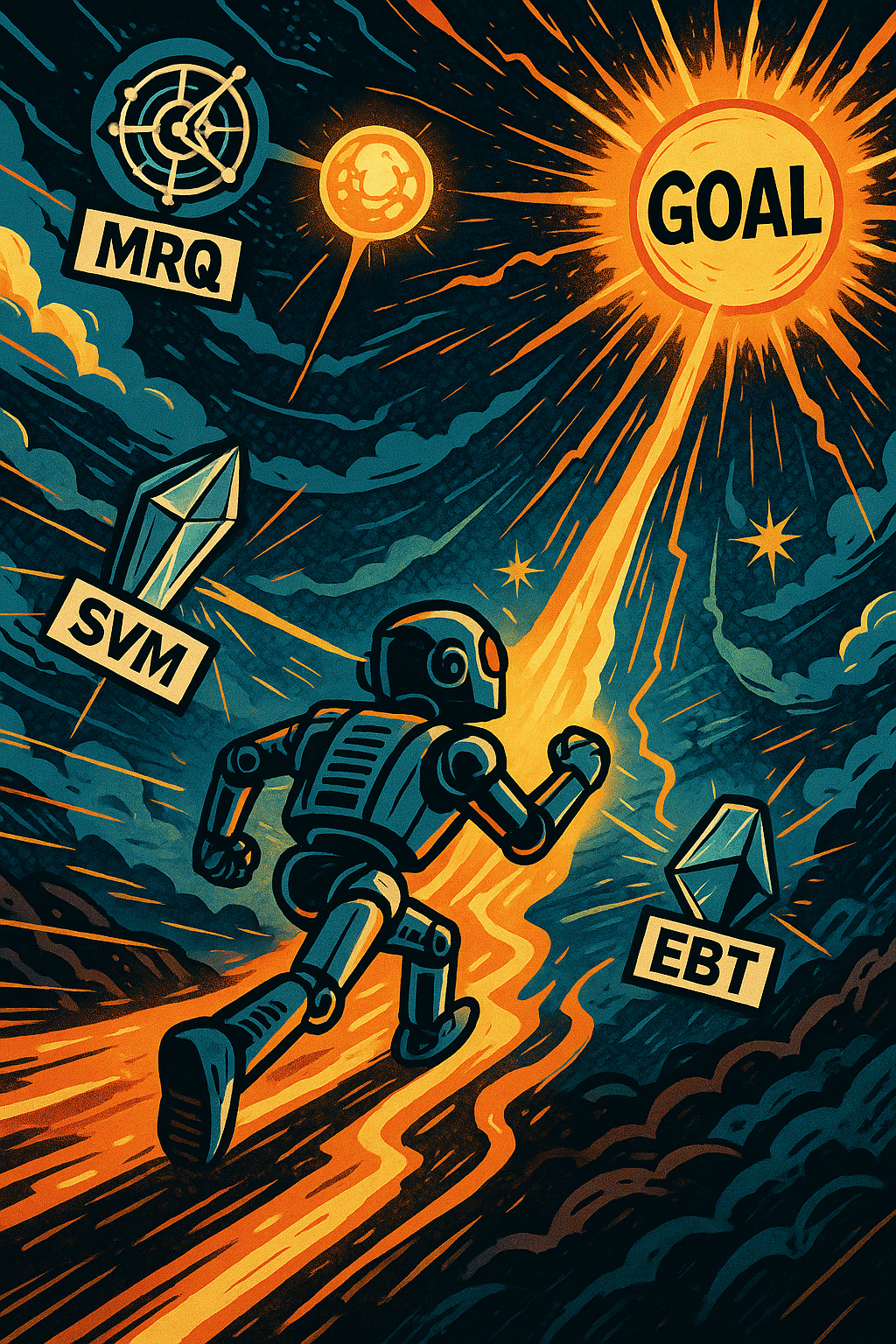
Case Based Reasoning: Teaching AI to Learn From itself
✨ Summary
Imagine an AI that gets smarter every time it works not by retraining on massive datasets, but by learning from its own reasoning and reflection, just like humans.
Most AI systems are frozen in time. Trained once, deployed forever, they never learn from mistakes or build on successes. Real intelligence human or artificial doesn’t work that way. It learns from experience.
This is the vision behind Stephanie: a self-improving AI that gets better every time it acts, not by fine-tuning, but by remembering, reusing, and revising its reasoning.








